Entomology -- Week 9
1/22
There's no tags or description
Looks like no tags are added yet.
Name | Mastery | Learn | Test | Matching | Spaced |
|---|
No study sessions yet.
23 Terms
Webspinners
What is the common name for Embioptera?
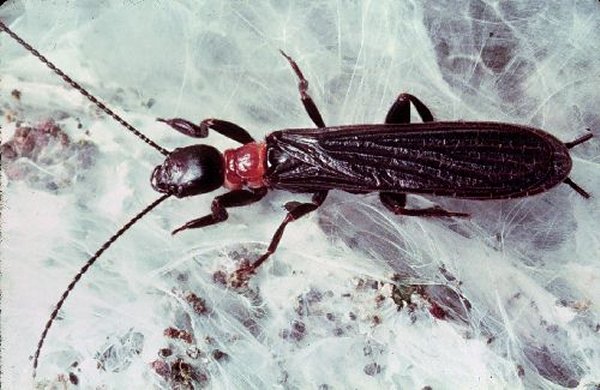
Females spin silk from glands in their enlarged front tarsi.
What is a key characteristic of Embioptera?
Live in silk tunnels; hemimetabolous; females are wingless, males are short-lived and may have wings.
Describe the life history of Embioptera.
Highly flexible first tarsomere modified for silk production.
What is a unique adaptation of Embioptera?
Stick bugs and leaf bugs
What are the common names for Phasmatodea?
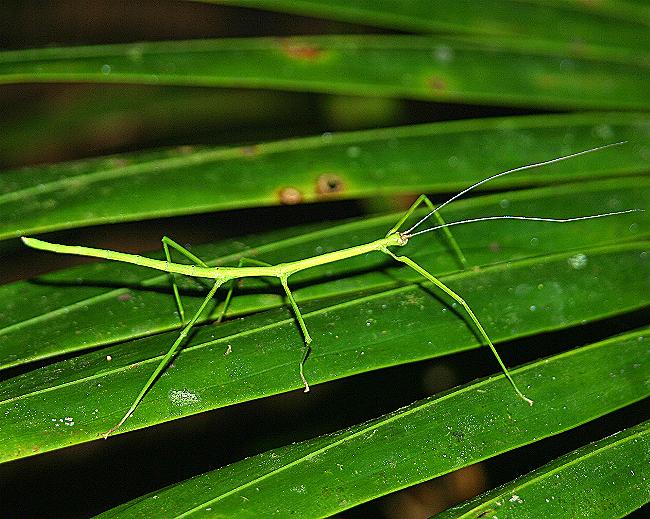
Excellent camouflage; long, slender bodies or broad, leaf-like forms.
Key characteristic of Phasmatodea?
True stick insects; extremely elongated and wingless.
Family: Diapheromeridae – Common trait?
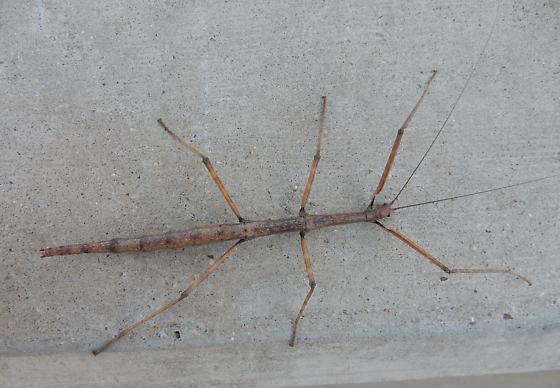
Leaf insects; mimic leaves with flattened, wide bodies.
Family: Phylliidae – Common trait?
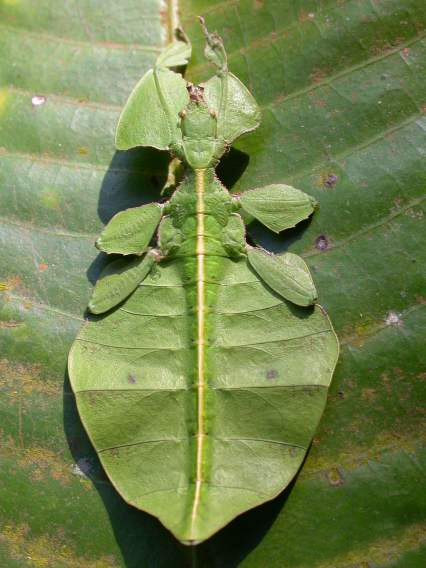
Hemimetabolous; herbivorous; eggs resemble seeds; may have parthenogenesis.
Describe Phasmatodea life history.
Rock crawlers or gladiators
What is the common name for Mantophasmatodea?
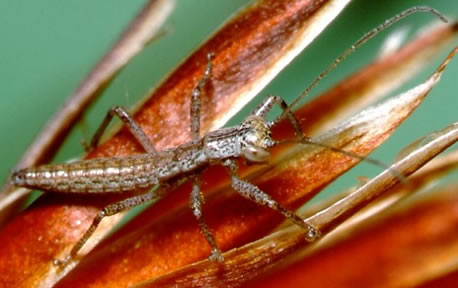
Wingless, predatory, long legs; resemble both mantids and phasmids.
Key characteristics of Mantophasmatodea?
Hemimetabolous; recently discovered (~2002); restricted to southern Africa.
Life history of Mantophasmatodea?
Ice crawlers or rock crawlers
What is the common name for Grylloblattodea?
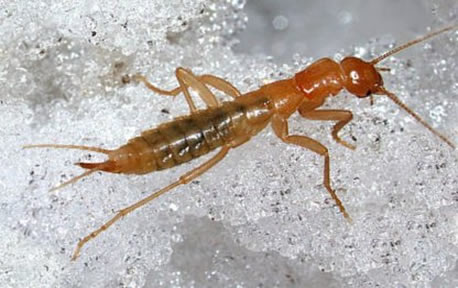
Wingless, slow-moving, cold-adapted insects found in high altitudes.
Key characteristics of Grylloblattodea?
Hemimetabolous; nocturnal scavengers; extremely cold-tolerant.
Life history of Grylloblattodea?
Mantises
What is the common name for Mantodea?
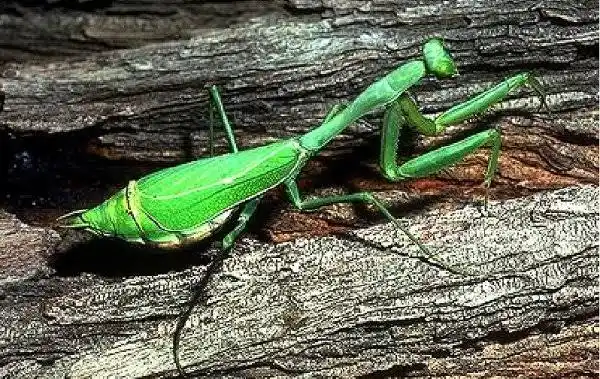
Raptorial front legs, triangular head, excellent predators.
Key characteristics of Mantodea?
Largest family; includes common praying mantis.
Key family: Mantidae – What’s notable?
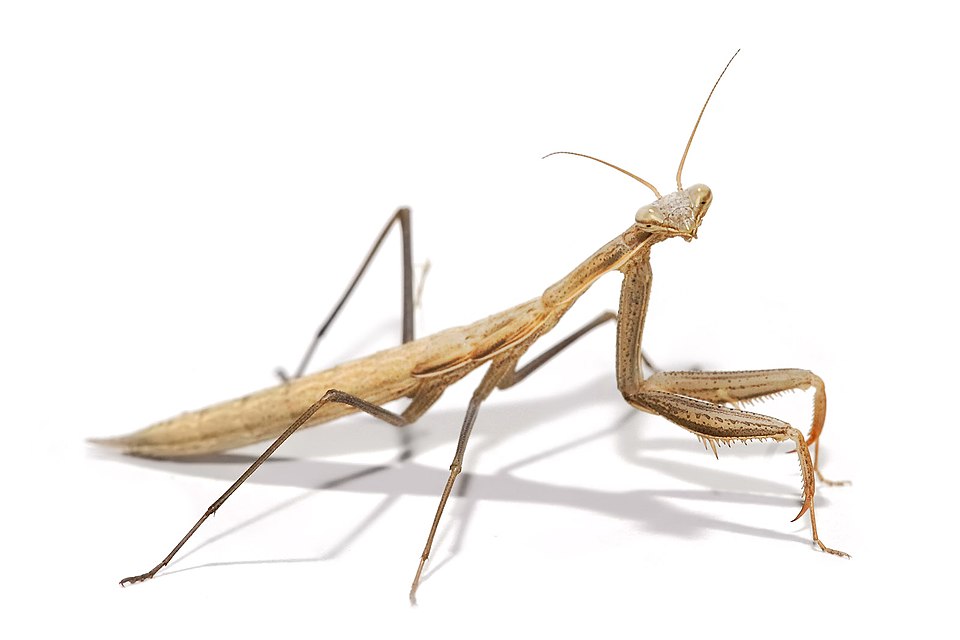
Hemimetabolous; eggs laid in ootheca; ambush predators.
Describe Mantodea life history.
Roaches and termites
What are the common names for Blattodea?
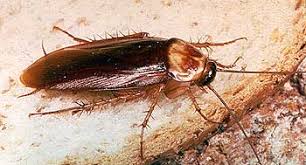
Flattened bodies, long antennae, fast runners; scavengers.
Key characteristics of cockroaches (Blattidae)?
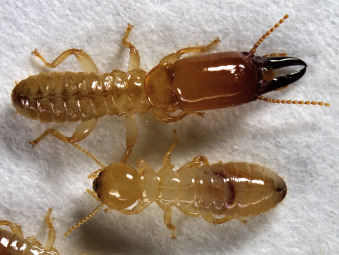
Eusocial; caste system (workers, soldiers, reproductives); cellulose-digesting symbionts.
Key characteristics of termites (Termitidae)?
Hemimetabolous; termites form large colonies; roaches are mostly solitary or communal.
Life history of Blattodea?